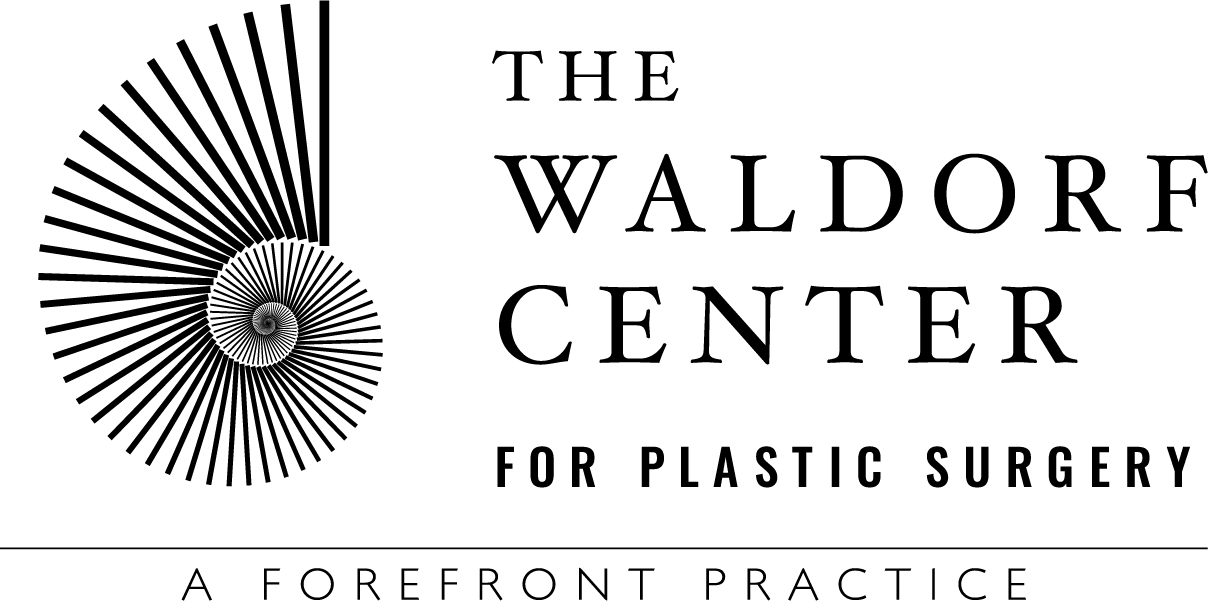Breast augmentation is an established and safe surgical procedure. If complications do occur—though statistically unlikely—they tend to be issues with the implants themselves, such as leakages and rippling. While manufactured to be sturdy and stable, breast implants aren’t designed to last for a patient’s entire lifetime, and they are continually subjected to natural wear and tear, so it’s important to monitor them over the years to watch for any changes. There are several ways you can check your implants to ensure that they’re functioning well and that there are no signs of other issues, such as breast cancer, that aren’t related to breast implants. Our Portland-based team at the Waldorf Center for Plastic Surgery can advise you and answer any questions you may have about how best to care for your implants. In the meantime, here are some general tips:
-
Perform Regular Self-Examinations
Self-examinations are not only one of the most effective ways to identify breast cancers, but they also allow you to check for lumps and changes in size that could be attributed to implant complications. If you notice anything that seems strange or worrying, talk to your surgeon about it.
-
Go for Routine Screening Mammograms
It’s important to follow your surgeon’s instructions for mammograms and tell the doctor that you have implants before they begin a screening. Implants can make the process more complicated and sometimes obscure the images, so it’s important to be sure everyone involved knows about the devices in advance.
-
Get a Breast MRI
MRI scans help you to screen for cancer and other abnormalities, such as implant ruptures. The FDA recommends having an MRI five to six years after your surgery, and then every two to three years after that.
When Should You Have Implants Replaced?
There’s no definite consensus for when implants need to be replaced, so the need for revision or removal is determined on a case-by-case basis. Breast implants are sturdy, low risk, and often last for decades, so if even you’ve had them for a long time, that doesn’t necessarily mean that you should rush into having them replaced.
Generally, plastic surgeons don’t advise having implants removed or swapped unless you’re experiencing complications such as hardening, pain, rippling, or deflation. On average, most saline and silicone implants maintain their integrity for between 10 to 20 years, but some people have them replaced much earlier or later. Of course, you can also make a change if you no longer want your size or style of implants—or any implants at all—because your tastes or aesthetic preferences have changed.
Get more help and advice on maintaining breast implants from the Waldorf Center for Plastic Surgery team. Give us a call at 503-882-0124, or complete a contact form on our website.
